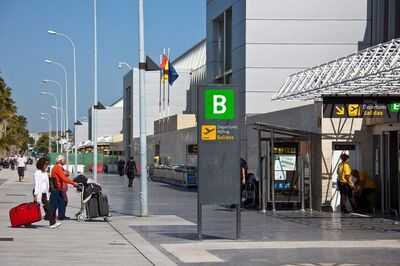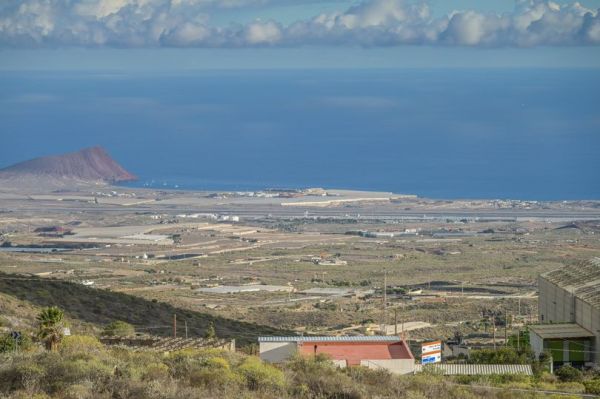
Tenerife South, a holiday hotspot that welcomes around three million Brits each year, has started rolling out a new system for some travellers. The new European Union Entry/Exit System (EES) is being introduced, which could require non-EU citizens to register their biometric data, including face photographs and fingerprint scans, at the border.
The scheme is being launched across many airports in the Schengen area to help alleviate long queues at passport control. According to Spain's Interior Ministry, the EES will be gradually implemented across the region, but won't be fully operational until April 10, 2026.
So far, the Spanish Ministry has allocated 83 million euros to enhance border checkpoints at all Spanish airports. Meanwhile, the National Police will continue to manage many border control duties, with the Guardia Civil overseeing customs operations.
The EES was launched at the beginning of October across participating countries. The data collected will be used to create a digital record linked to each traveller's passport, with the primary goal of the new system being to streamline the border process.
Brits jetting off to Tenerife are being urged to get to the airport earlier than usual to allow for extra processing time. While the new system is designed to speed things up, it might take a while for both staff and passengers to get used to it during the initial stages.
All the countries that use EESSpain is one of the many countries that has implemented EES. Currently, the following countries will have the new changes applied to them:

Most travellers won't see the changes immediately, with only a small number expected to go through a fully digitised process while it's still being rolled out. It's understood that for the first six months of the scheme, manual passport stamping will continue alongside EES registration across the Schengen area.